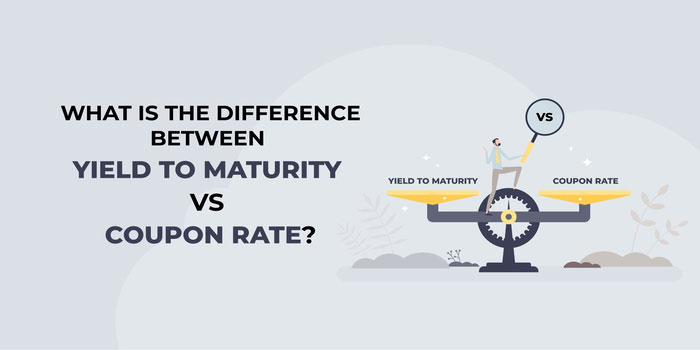The interest rate is the surface while the economic law is the core.
In the process of development, market entities will inevitably encounter financing.
Interest rate is the price and the external performance of financing. The factors that determine the financing interest rate include not only the enterprise qualification and capital use on the demand side, but also the risk control requirements and management level of financial institutions on the supply side. The most fundamental thing is whether the price can cover the risk. What determines the availability of financing is the measurement of risks and benefits by financial institutions or investors.
If lowering the upper limit of judicial protection of private lending interest rates is the “most effective solution” to alleviate the difficulty and expansive cost of financing, why wouldn’t the financial regulatory authorities directly stipulate the upper limit of the maximum interest rate for bank loans?
Actually, the high cost of corporate financing is superficial. The root cause lies in the information asymmetry between the demand for funds and the supply side. There is a huge divergence in the awareness and control of risks between banks and enterprises, which leads to an imbalance between the demand for corporate funds and the supply of bank funds.

For example, in expanding investment, a company will predict the sales of a new project after it is put into production. In the end, as long as there is 90% or even 80% of success, the company will actively start; but from the bank side, a project with 10% of risk of loss is totally unacceptable. In this case, either the bank does not grant loans, or the company needs to provide a second source of repayment, i.e., mortgage collateral, which is the fundamental source of the divergence between the demand for and supply of funds.
The loan interest rate is the price equilibrium formed in the game between the bank and the enterprise. Of course, since the bank is relatively strong, the price equilibrium is more inclined to the bank side, which is also the source of the high financing cost of the enterprise.
To break the price equilibrium, relying on administrative orders to push the price curve is often counterproductive.
Forcing a price ceiling, on the one hand, will lead to a decrease in supply and on the other hand, to the emergence of rent-seeking. The market will push prices to eventually return to an equilibrium position, but it may be with a higher level and less supply.
From the perspective of economic laws, assuming that the current upper limit of interest rate protection is relatively in line with market demand, even if a substantial reduction in the upper limit of judicial protection of private lending interest rates can influence corporate financing, it may be negative.

Lowering the upper limit of judicial protection has little impact on formal finance
From the perspective of channels, corporate financing is divided into formal finance and informal finance (i.e., private lending).
Generally speaking, the formal financial interest rate is low, but the efficiency is relatively low, and the requirements for enterprise qualifications and collateral are high. Especially in the inclusive small and micro businesses, bank credit loans account for less than 20%, and the funds are mainly used to maintain production or expand reproduction. Private lending interest rates are generally high, but the overall efficiency is also higher. There are often no rigid requirements for corporate qualifications and collateral, which can meet the short-term capital turnover and emergency funding needs of enterprises.
The roles of the two in business operation are obviously different.
Formal finance should be the main channel of corporate financing, and there are very few companies relying solely on private lending to develop and be able to continue developing.
Why? Just because the private lending interest rate is too high.
Almost no industry can afford long-term financing interest rates above 15%.
Private lending is auxiliary in the production and operation of enterprises, and the interest rate is relatively high. Bank credit should be the main channel for the external financing of enterprises, and the overall interest rate level is not high. Lowering the upper limit of private lending interest rate protection is mainly to protect the auxiliary and emergency financing of enterprises and reduce the temporary turnover financing cost of enterprises. Since the bank loan interest rate is much lower than the upper limit, even if it is greatly reduced, such as from the current 24% dropped by half to 12%, which may have a devastating blow to private lending, the impact on bank credit is relatively limited.
From this perspective, lowering the upper limit of judicial protection for private lending has a major deterrent and restrictive effect on usury on-lending and lending, but it has little effect on promoting formal bank loans. Therefore, it is far away from the “most effective solution.”

A deeper understanding of corporate financing issues from lowering the upper limit of protection of private lending interest rates
The starting point for lowering the upper limit of the protection of private lending interest rates is good and has positive significance judicially. However, corporate financing is more dictated by economic laws, and expanding the availability of corporate financing through judicial improvements is a profound topic. Lowering the upper limit of private lending interest rate protection is a good exploration but improving the quality of corporate financing services may require more effort.
For another example, “Regulation of the Financial Market Investment and Financing Order” mentions that “in accordance with the requirements of functional supervision, to conceal financial risks, circumvent financial supervision, and conduct institutional arbitrage violations in the name of financial innovation, determine contract validity and rights and obligations based on their actual legal relationship”, and “in time study and formulate judicial response measures against financial phenomena such as online lending, asset management plans, over-the-counter funding, asset securitization, equity crowdfunding, etc., and improve the initiative and predictability of preventing and resolving major financial risks.” This is the response to various so-called “regulatory arbitrage” in the name of “financial innovation” in recent years, and it is also in line with the general trend of financial supervision and prevention of financial risks.
As mentioned above, alleviating difficulties and huge costs of corporate financing is a systematic project. Lowering the upper limit of judicial protection of private lending interest rates is a positive measure, but it should not be imposed unrealistically higher expectations. There is still more work to be done to improve corporate credit access and improve the quality of financial services.



